Could You Live in a Tiny House?
http://decor-ideas.org 03/03/2015 01:13 Decor Ideas
While still a bit of an oddity, there is no doubt that the tiny house is becoming increasingly popular. Whether you crave more financial freedom, wish to reduce your impact on the environment or want to live a simpler life, tiny homes have a lot to offer — but they are not without tradeoffs. If you are enchanted by the idea of a tiny home but aren’t sure if it’s for you, here are 10 things to consider before diving in.
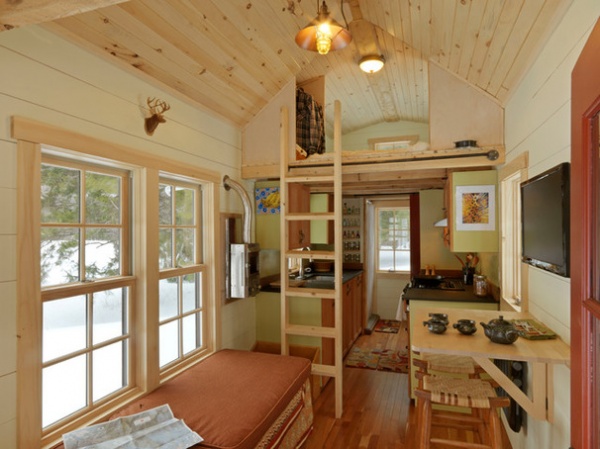
What is a tiny home? It can be tricky to pin down exactly how many square feet a house must come in under to be considered “tiny.” According to the Small House Society — a cooperative organization founded by tiny-house pioneers Jay Shafer, Shay Salomon, Nigel Valdez and Gregory Paul Johnson to promote smaller housing alternatives — “it’s not a movement about people claiming to be ‘tinier than thou’ but rather people making their own choices toward simpler and smaller living however they feel best fits their life.” Size is relative — so although generally speaking, a tiny house is under 400 square feet or so, the most important thing seems to be the intention to reduce living space to the minimum the occupants feel they need.
See how one woman went off the grid in 140 square feet
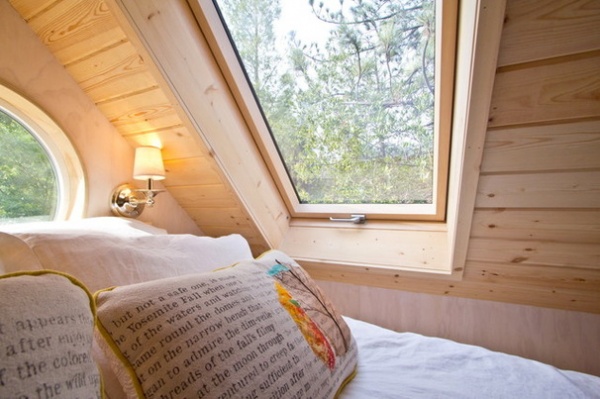
1. Consider what you could be giving up by living tiny. There is no avoiding the fact that scaling down a living space requires significant sacrifices — but not all of the things you may need to give up are negative. Look over this list and imagine what it would feel like to cut back on or go without some or all of these things:
Personal space: If you live with a partner or kids, what would it feel like to live in much closer quarters with them?Bills: A smaller space means less to heat; using solar power could reduce energy bills even further. Going tiny could even mean forgoing a mortgage altogether, or taking out a smaller loan that can be paid off in a shorter amount of time.Debt: A lower cost of living makes it easier to live within your means or to pay off debts you have, like student loans.Clutter: Living tiny teaches you to have only what you love, use and need.Objects you love: Scaling back your living space may force you to make some tough choices, including giving up cherished furniture and objects.Big gatherings: While you could host larger groups outdoors, it’s unlikely you would be able to host Thanksgiving for the whole clan in your tiny home. (Is that a good or a bad thing? You decide!)Environmental impact: If reducing your impact on the environment is important to you, living in a tiny home is a great way to reduce waste and energy consumption.
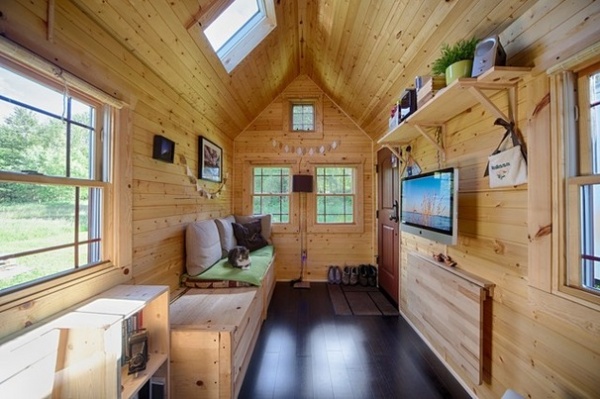
2. Consider what you could gain by living tiny. The tiny-home movement is about making an intentional choice to live in a much smaller house — and what motivates many is not what they have to give up in space, but what they can potentially gain in life. Consider how it would feel to live with more of these things in your life: Financial (and job) freedom: Lower bills mean more savings for the future, and more freedom to pursue work you love.
Freedom to travel: A tiny house can easily be closed up while you travel and would require little upkeep while you are away.
Simplicity: With less to buy, fix and furnish, life is simpler.
More time outdoors: A smaller interior space makes the outdoors beckon.
Community: Likewise, having less of your own means you’re more likely to tap into your network of friends and neighbors, and the community at large.
Good design: Going tiny means it’s easier to afford better materials and design.Time: Less surface area means you could clean your entire house in a few minutes.
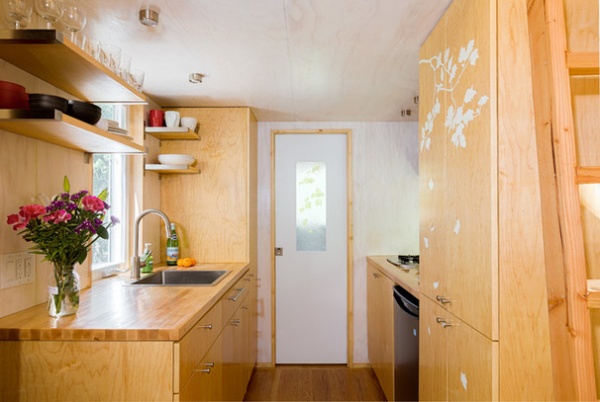
3. Consider your priorities in a home. In a tiny home, you can’t have it all, so it’s important to be intentional about what you prioritize. You don’t need to sacrifice all luxuries; on the contrary, if you have a pro build your tiny house to fit your needs, you can decide what is important to you. High ceilings, full-size appliances, a washer and dryer, big windows, a sauna, a place to work? Take a few moments to jot down your own personal list of home priorities — try to whittle it down to your top three to five things.
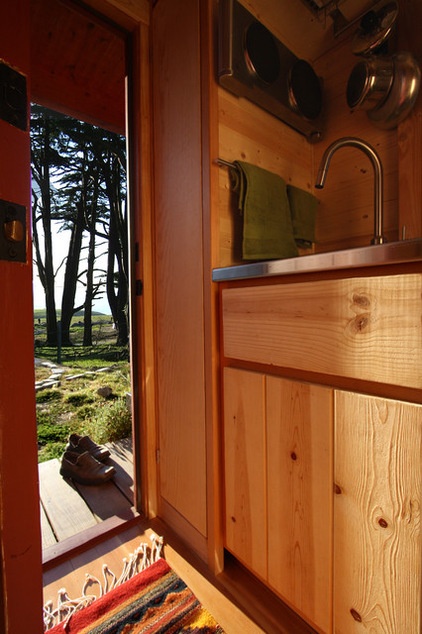
4. Consider your life priorities. Thinking about the bigger picture for a moment, consider what is most important to you in life. Have you always wanted to travel more? Be near your grandchildren? Start your own business?
Now weigh those life goals and dreams against your current lifestyle and home size — would living tiny help you realize a dream you’ve put on hold?
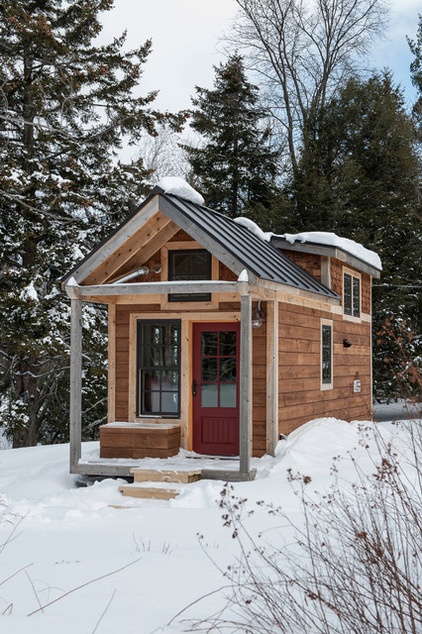
5. Consider the climate. Living in a tiny home in Minnesota or Vermont is very different from living in a tiny home in Southern California. Before you dive into the tiny-house life, it is important to realistically consider the impact your local climate will have on your lifestyle. In the middle of a long winter in a cold, snowy climate, life in a tiny house can feel very small indeed.
Only you know whether it will feel like a treat to stay cozy beside a woodstove and be able to hop on skis right outside the door … or whether you’d feel utterly stir crazy.
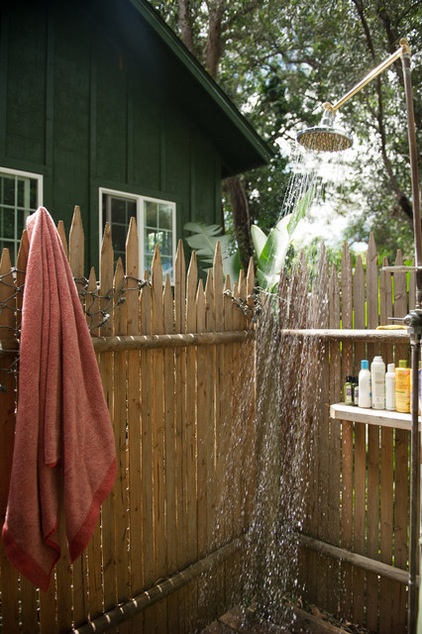
On the other end of the spectrum, living in a tropical climate like Maui, Hawaii, where this tiny home is located, offers up rich potential for year-round indoor-outdoor living.
In a tropical or temperate climate, you may be able to put the shower, and even the kitchen, outdoors, freeing up more living space inside.
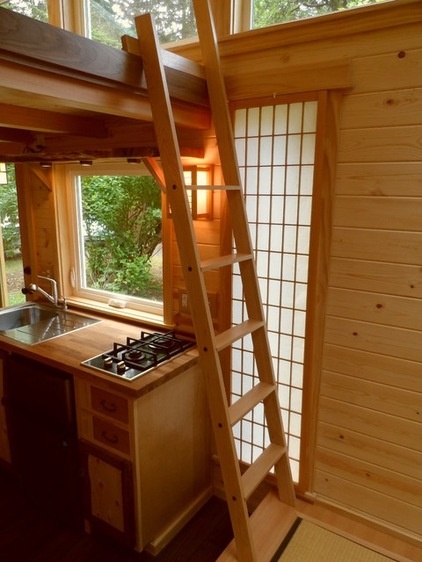
6. Consider accessibility. Many popular tiny-home designs feature a loft bed accessible only by ladder, but this can be impractical if you hope to age in place. Also, if you have close relatives or friends who you hope will visit or house sit for you, consider whether they will be able to access your entire home.
Just because lofts are popular in tiny homes does not mean they are a must — a good architect can create a plan that makes the most of the space and makes it accessible.
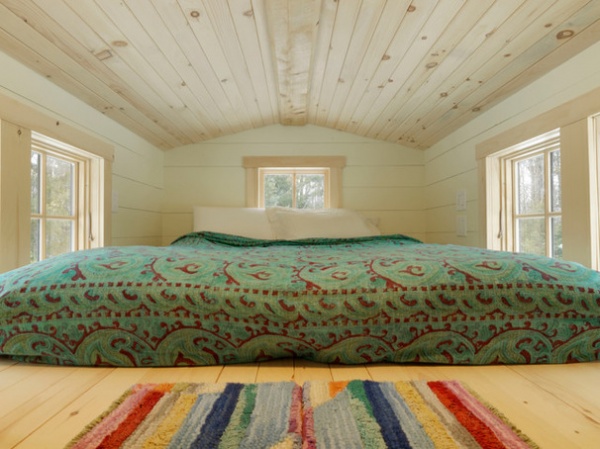
7. Consider your past experience with living in small spaces. Have you ever lived in a studio apartment or cabin? How big was the home you grew up in? What about the home you live in now? Tapping into your memories of what it was like to live in a small space can help you anticipate some of the issues that may come up once you are living in a tiny house. If you and a partner or family members are considering moving into a tiny house together, ask each person to share memories or other thoughts about the challenges — and benefits — of living small.
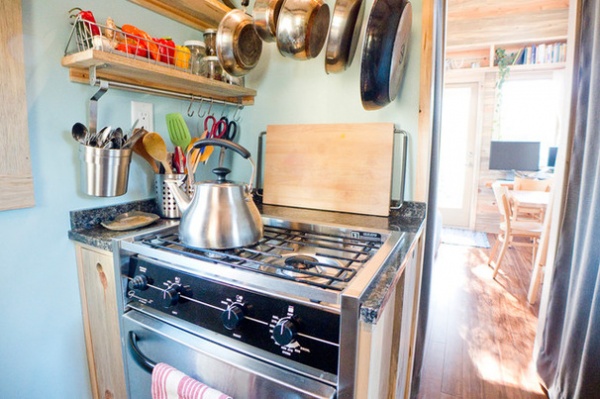
8. Consider your lifestyle. Mentally walk through a typical day in your life right now, from the moment you wake to the moment you shut off the lights at night. Which rooms in your home do you use most, and which do you rarely visit? What sort of meals do you cook, and what do you need in terms of space and supplies to prepare them? Do you spend a lot of time at home, or do you tend to be out and about?
Also consider your work — living in a tiny house can give you a level of financial security that makes it easier to be choosy about the jobs you take, take time off to travel or start a business of your own. Whether you work from home or in an office, are retired or hope to retire soon, or are just starting out, think about what living in a tiny house could potentially do for your work life, both now and in the future.
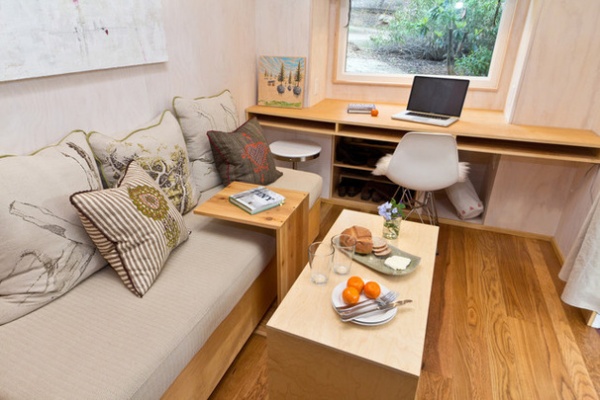
9. Consider the law. Although tiny houses are enjoying increasing popularity, many areas still have building codes that require a dwelling to be over a certain number of square feet. Some tiny-home owners are able to get around this by putting their homes on wheels, but you will need to do some research to figure out what the laws are in your area before making any decisions.
In his book Tiny House Living: Ideas for Building and Living Well in Less than 400 Square Feet, author Ryan Mitchell says, “My suggestion is to approach the process by learning everything about the code, then come to them with an attitude of ‘I want to do this the right way and want to work toward a positive outcome with you.’ Working with them, you can often find a good solution when it comes to tiny houses.”
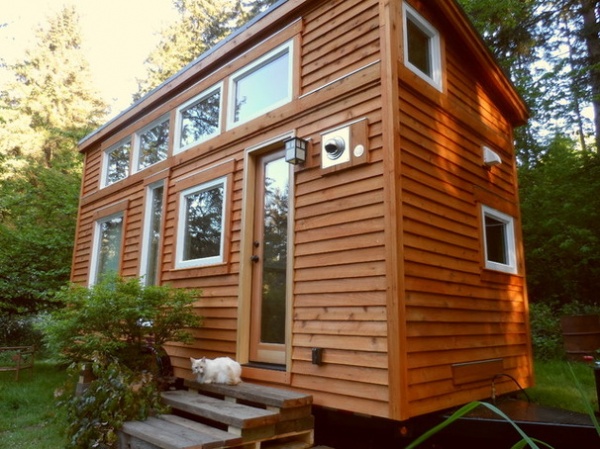
10. Consider your property’s potential. If you are choosing land to buy with the intention of adding a tiny house, consider the potential to add supplemental structures. A tiny home may feel totally doable if you are able to supplement your living space with a separate teahouse, dining pavilion, outdoor kitchen, hot tub or sauna, or even a tiny guesthouse. Or, if you have friends or family also interested in living tiny, what about planning or joining a tiny-house community? When you begin to think creatively about what your home might look like, the solutions you come up with may surprise you.
Tell us: Would you consider living in a tiny home? What does “tiny” mean to you?
More: Get ideas from dozens of small and tiny homes
Related Articles Recommended












